In Conversation with Dallas-Based Photographer Laura Wilson, Who Debuts Her New Roaming Mexico Exhibit at Meadows Museum
Mexico on Her Mind
BY Catherine D. Anspon //Laura Wilson with Gabriel García Márquez, 2012 (Photo by Matt Lankes)
Photographer Laura Wilson’s 40-year magnum opus at Meadows Museum uncovers complexities and layers of a beautiful and misunderstood land.
Artist Laura Wilson is the perfect talent to take on the ambiguous country that is America’s southern neighbor, with the exhibition “Roaming Mexico,” the SMU Meadows Museum season-opener. A noted photographer with seven books to date (as well as mom to acting trio Andrew, Owen, and Luke), Wilson began her career as assistant to photographer Richard Avedon for his seminal “In the American West” portrait series, which shattered stereotypes as it forged remarkable images of the bold, brave, and hardscrabble people who inhabit a place of myth and lore.
In the same way that America’s West evokes deep emotions, so does the land of Mexico. That’s as true today as when Wilson ventured across the border to Nuevo Laredo and took her first photograph in 1985. Forty years and hundreds of images later, she has voyaged deep into the heart of her subject. These elements come together to convey an intricate, lush quilt — Mexico intuitively observed by a gringa who became an insider in deep, wordless communication with the people, intrinsic spirit, and rich and complex culture of a land both mythic and misunderstood.
The Meadows exhibition, “Roaming Mexico: Laura Wilson,” is paired with another take on the country, 20th-century lensman “Manuel Álvarez Bravo: Visions of Mexico.” Shown alongside the great Bravo, Wilson brings the outsider’s eye, yet one finds in both photographers the opposing qualities of surrealism and documentation, a hypnotic dance shared by each exhibition.
Over Zoom this summer, PaperCity rang up Wilson for a Q&A from her Dallas studio.

Catherine D. Anspon: We understand the late Meadows Museum director Mark Roglán was the catalyst for “Roaming Mexico.” [Roglán passed away in 2021; Wilson dedicates the show and its book to his memory.]
Laura Wilson: Mark was from Spain, and his mother is American. His father was Spanish. So, he naturally was interested in Mexico, living as he did here in Texas. I thought that perhaps the work I’ve been doing in Mexico might be of interest to the Meadows Museum. I showed him a brief collection of pictures that I had been working on. He immediately said, “Yes, we’ll do it.” You can imagine, for an artist to have a response that’s positive and immediate is a great, great pleasure. One of Mark’s many strengths was that he was decisive and sure of his eye and vision. Upon Mark’s death, Dr. Amanda Dotseth took over this project.
On the spark that started it all.
I had been working on The Writers, a book published by Yale, as well as an [accompanying] exhibition of 150 photographs shown at the Ransom Center at The University of Texas. I had the time to look back through this Mexican material. I realized: I’ve been at this for 35 years. I hadn’t up to that point thought about as a possible exhibition. I had been taking the pictures as I traveled — images that struck me as interesting or surprising or heartbreaking. Then I thought, ‘What is it that I want to do as I go forward?’ I realized that this is a big body of work that I need to concentrate on and edit and I need to talk with the designer, Greg Wakabayashi, in New York. He and I have worked together on a number of projects. So, with Mark’s enthusiasm for the pictures, I went to Greg and said, “How can we structure a project, a book, an exhibition on Mexico.”

On the process.
It was wonderful to work with Greg. What happens with a photographer — not just me — is that you tend to like the most recent pictures you took, and you are more impatient with the shortcomings of pictures you took 20 years ago. But that can be resolved with the help of a very good editor and someone who’s thoughtful and knows photography. Greg not only knows photography, but he’s the son of the famous photographer Hiro, and so he has been brought up with photography and making choices in the visual arts.
On black-and-white versus color.
I was very late going to color. I liked very much black-and-white photography.
Black-and-white is elemental and graphic and strong, and you’re not distracted by color. But you can’t go to Mexico and not respond to the color.
That’s something that Greg encouraged me to do — to look closely at the color photography that I’ve been doing in Mexico in juxtaposition with the early black-and-white photographs.
On evoking Mexico.
It’s very hard to take a colored picture in Mexico that hasn’t already been taken, that you haven’t seen better before. It has to be more than just the color. What we did was to amplify, exaggerate the color, so that it was more like a memory.
My first memory of going to Mexico … I was in Laredo with an American friend, and Laredo was very much like Plano or Phoenix or Detroit — the parking lots, trucking, fast-food chains, without significant identifiable things. All of a sudden you cross the bridge, cross the Rio Grande, and it comes alive — people in the street, colors, animals, cars, donkeys. It’s incredible. This mix of third world and contemporary world, right there in front of your eyes. How do you capture that experience and make it meaningful. The color was so strong that I felt I could exaggerate it, and we did that digitally and with the computer. And we also layered one image over another, so that you have this sense of: Is this real or is this not reality?

Did you find anything changed when looking at 40 years of this work?
It’s the religion, the family, the street life, the color — those things all became more so as I continued working. Yes, there are certain things that change. For instance, when I look at the pictures I took 30 years ago along the border, the hairdos are different, the clothes are different, but there’s the same family life, the importance of the spiritual life.
How Avedon paved the way for “Roaming Mexico.”
Working with Avedon definitely prepared me for the work that I’m doing now — no matter what the subject is — and certainly prepared me for working in Mexico, because he was brilliant at connecting with his subject.
On your cameras.
I have mostly used 35mm. Occasionally a 2-1/4 camera, or even a Deardorff camera, which is 8 x 10. But I prefer a 35mm because I like to work quickly, and the camera isn’t important. The camera is just a device, and what’s important is the mind of the photographer and the choice of the subject. What makes a good portrait is the combination of the intelligence and the breadth of knowledge of the photographer, as well as choosing a subject whose face is compelling.

On the politicization of Mexico.
You can’t be in Mexico without being aware of the politics. Immigration is one issue. The danger of certain areas of Mexico is another very real thing. I’m not trying to make a statement about a political party or how a period of time in Mexico is better than another period of time. But I will tell you that I can’t go to Nuevo Laredo the way I did in 1985, and there was a period of time when I couldn’t go to Monterrey. It was too dangerous. And then it swings back. So that’s one element, and you can’t avoid it, but you can’t be constrained by it either.
Parting thought.
I hope that these images give you a sense of what Mexico is like today — points of investigation. That’s what this is intended to do, by collecting images in one room and then quite different ones in the next room. We’re not repeating the thought from one room to the next room, we are adding to it — religion heaped upon the festivals and celebration, heaped upon the hardships and the terrible harshness of the border.
“Roaming Mexico: Laura Wilson,” at Meadows Museum, SMU, on view through January 11, 2026. More information here.

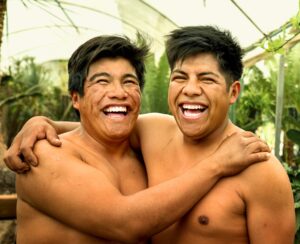
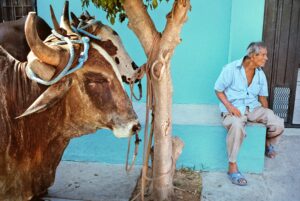
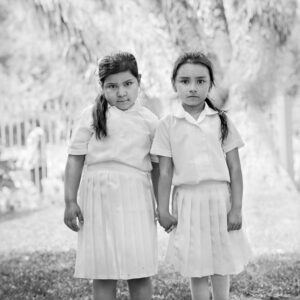

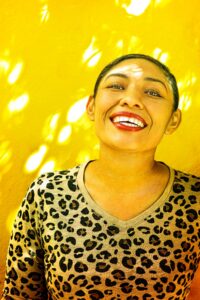
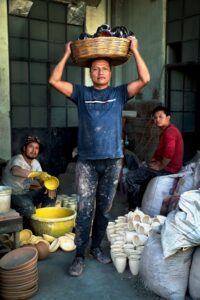
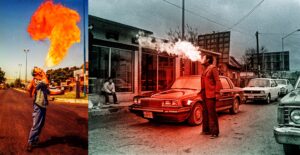

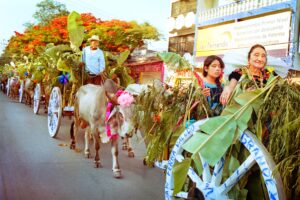
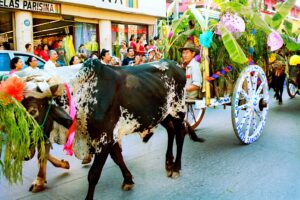

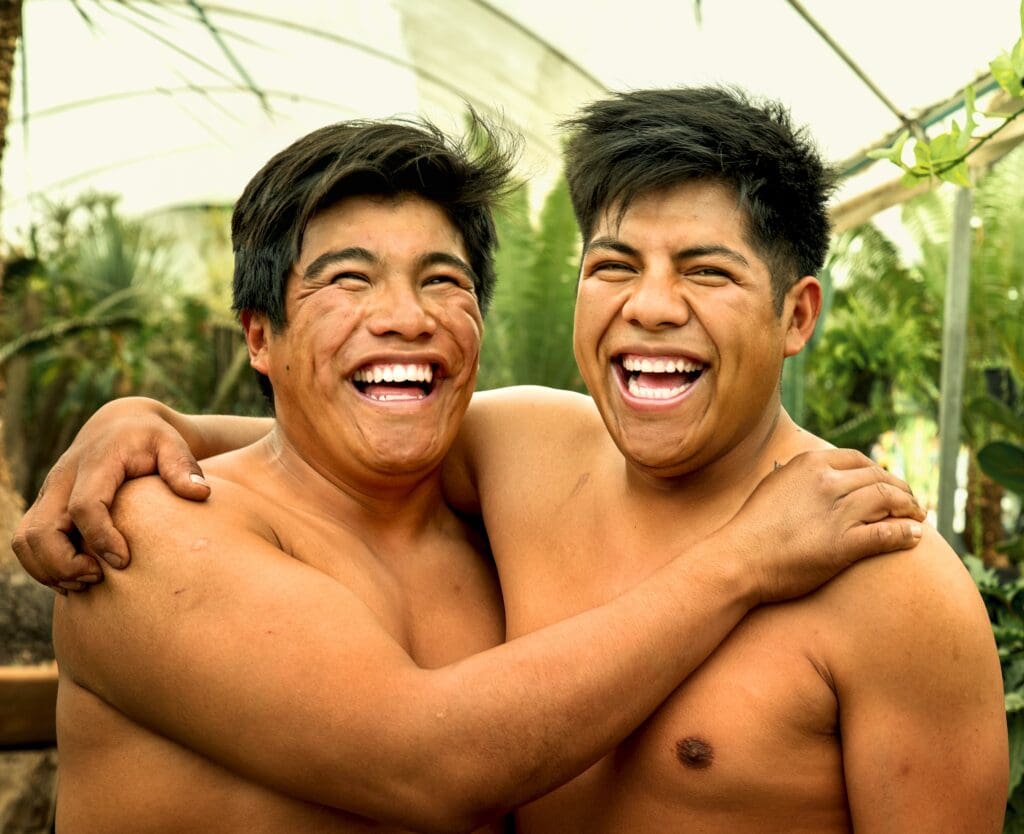

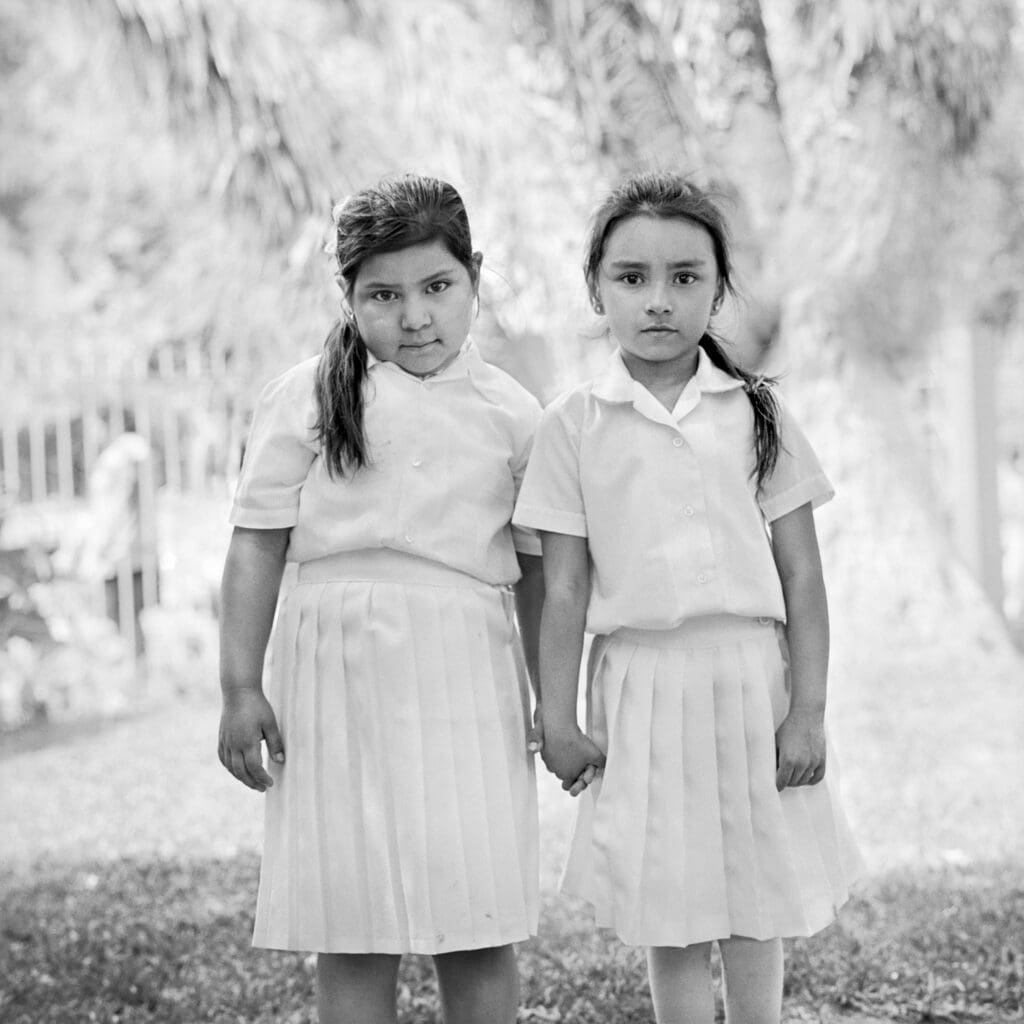


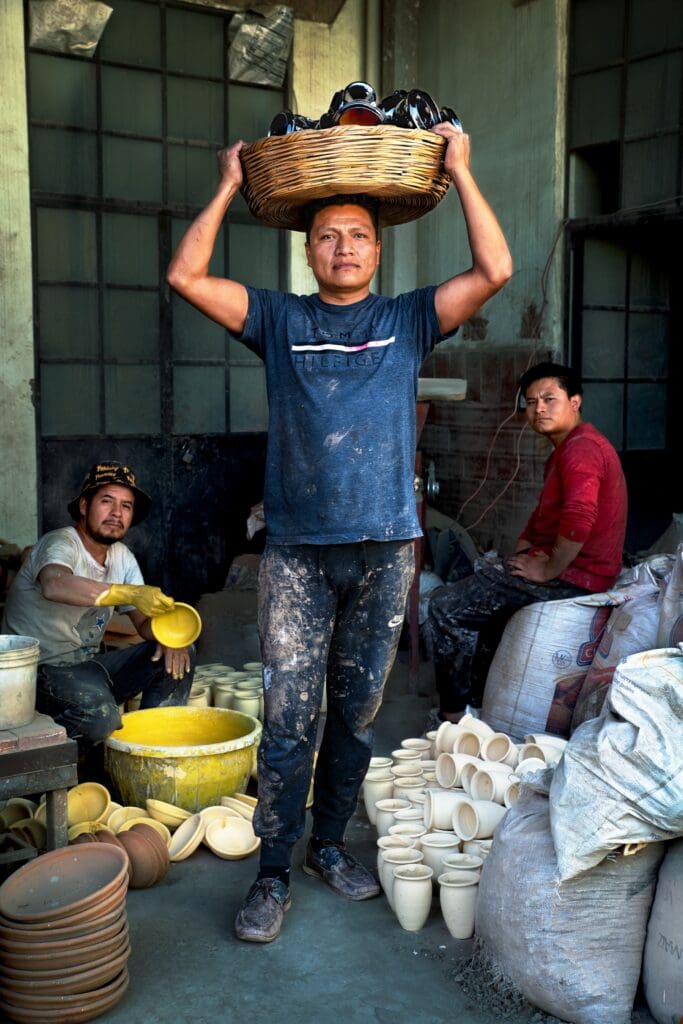
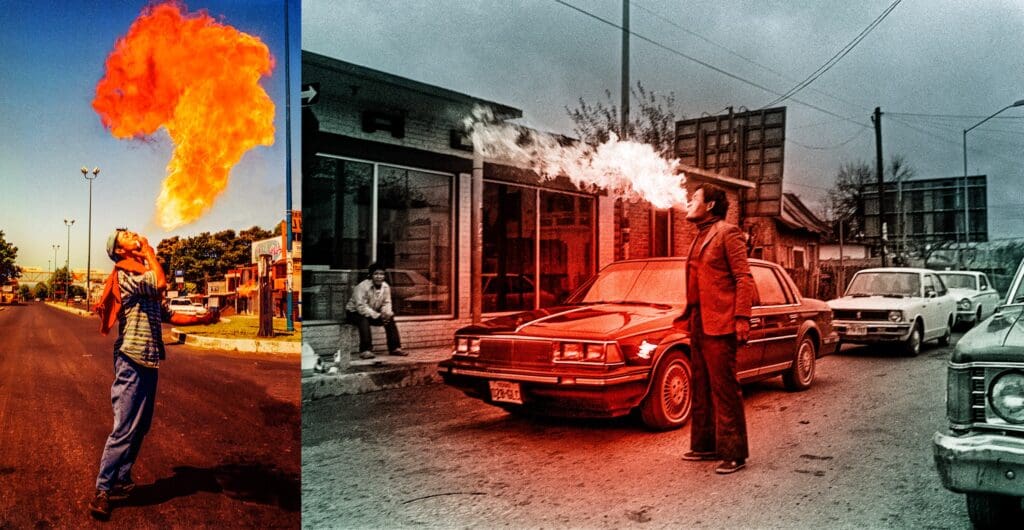

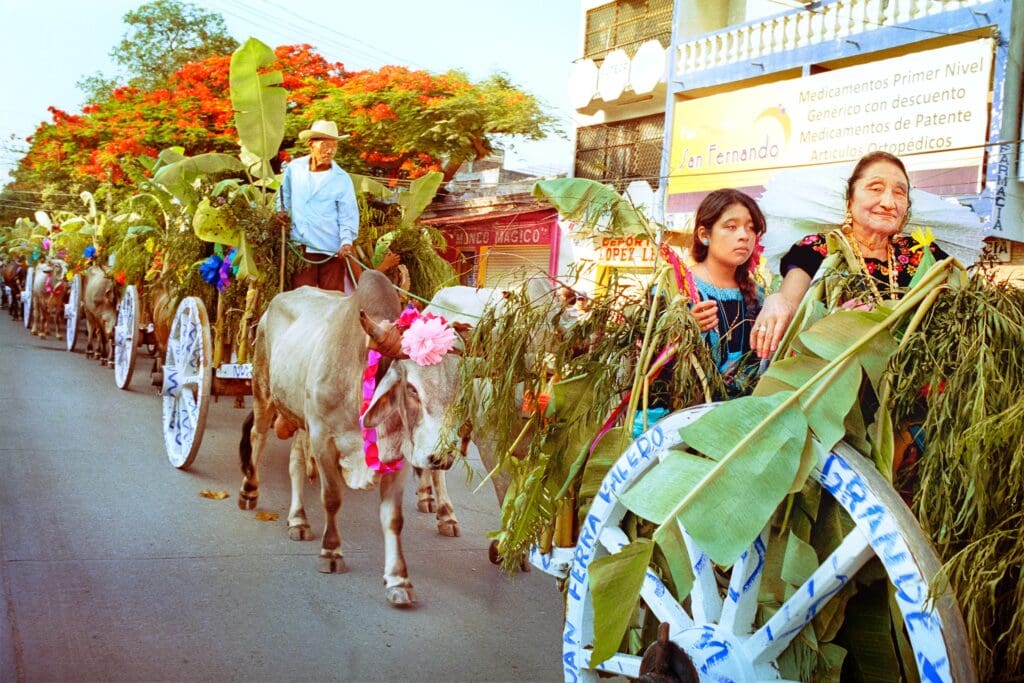
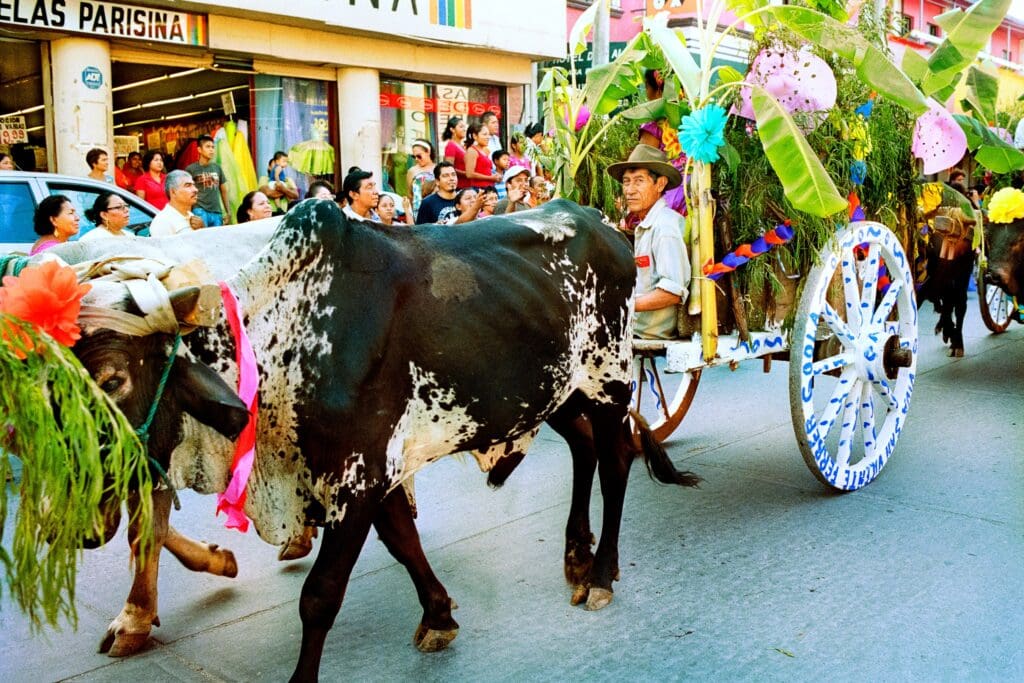


_md.jpg)




_md.jpeg)
